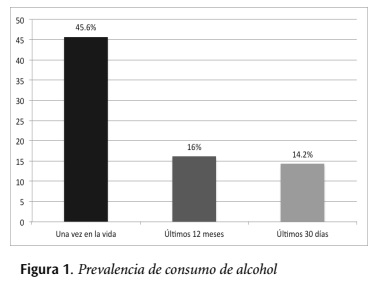Established in 2012 and hosted by Ubiquity.
Managed by CNU, UNAH and CBUES.
Central American Journals Online (CAMJOL) is a service to provide online publication of Central American journals. For more information about CAMJOL and how to join the service, see the About page.



